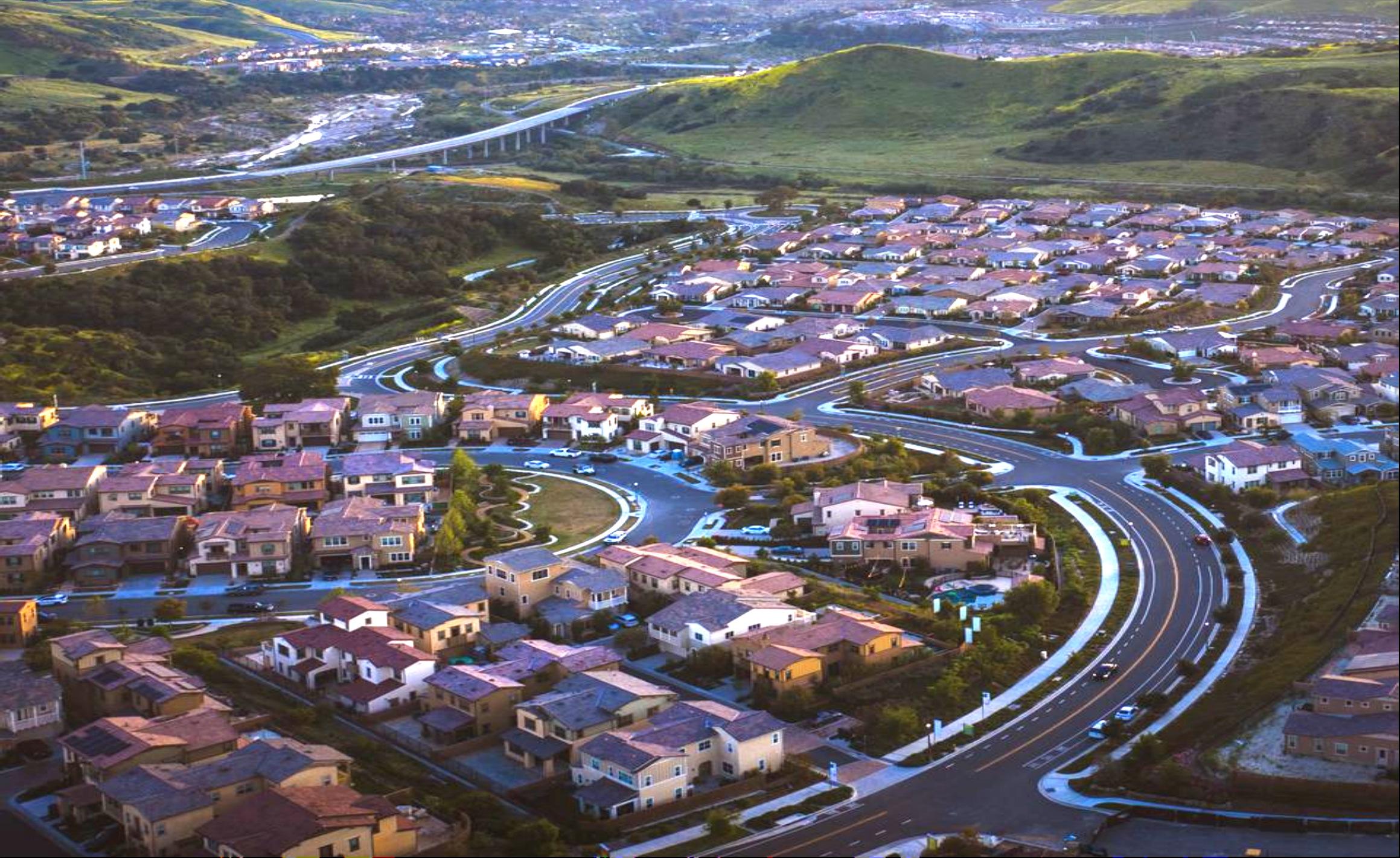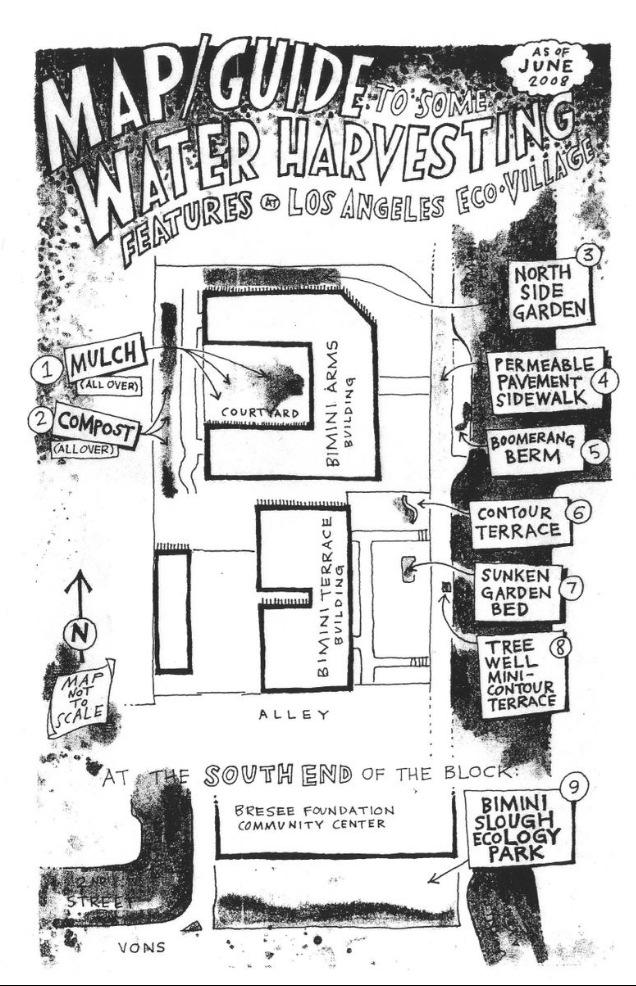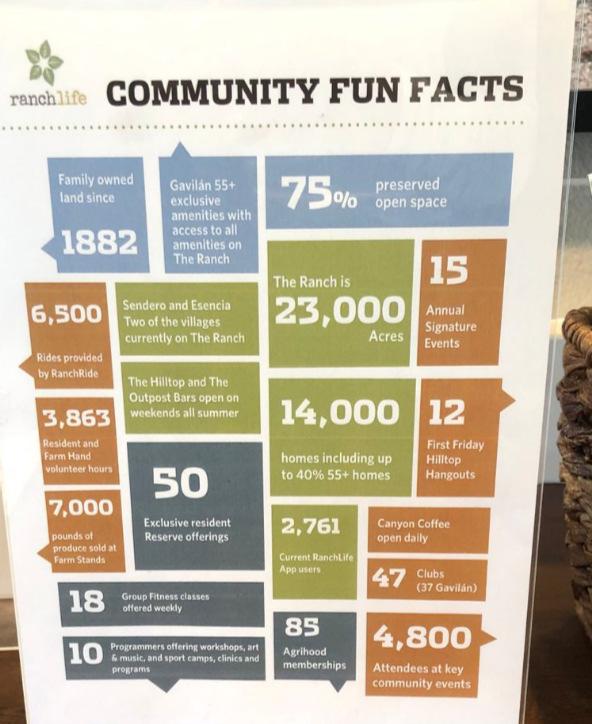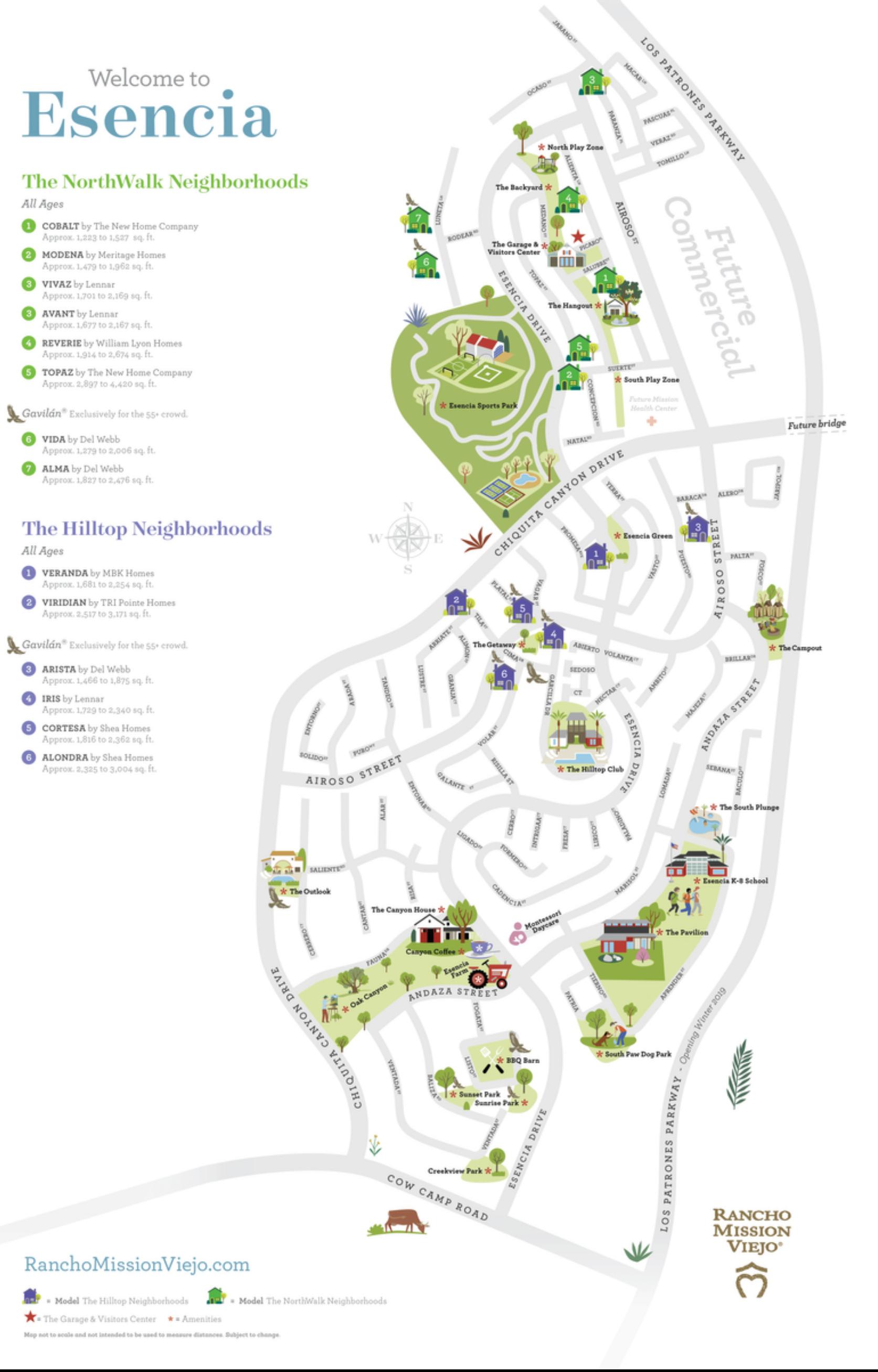
5 minute read
ARE AGRIHOODS VIABLE?
Research Question
What systems allow agrihoods to operate and what factors are responsible for its sudden stream into American culture?
Advertisement
Abstract
Agrihoods have perked the ears of real estate developers in the United States due to its highly sought-after rural amenities. Although most agrihoods conserve farmland and mitigate environmental impacts, data suggests they reproduce the ideological tensions of class and wealth of traditional suburbs. The concern that the emergence of the agrihood resembles suburbia prompts this study to investigate the viability of Rancho Mission Viejo as a sustainable living community. This research will examine how agrihoods operate by gathering empirical data and conducting a content analysis. It will contribute to literature on sustainable living and urban agriculture by providing contextual insight on the emergence of agrihoods in Southern California, specifically its impact on its community formations, its marketing strategy, and the flexibility of its inclusivity.

Rancho Mission Viego, Southern California
Via Google
Developments must come together to form a comprehensive and equitable adaptation for food production, especially in urban areas. ³ Recent articles suggest that the popularity of agrihoods has been motivated by an increased interest in farm-to-table living, catered to a specific class of individuals. ⁴ Agrihoods promise to provide its residents with green space, community amenities and a working farm, further motivating its quick development. Spatially, agrihoods have an unearthed influence to create independent cultures that limit its ability to be truly connective. ⁵ This research illustrates the stark contrast in sustainability efforts among Rancho Mission Viejo and Los Angeles Eco-Village.
Case Study
To understand how developers have commodified sustainable living through the concept of the agrihood, it was important I analyzed two cases of sustainable living separately - one an ecovillage, one an agrihood. Los Angeles Eco-Village is among one of the most prominent urban ecovillages and a superior example for what it means to be sustainable from both an ecological and sociocultural perspective.

Los Angeles Eco-Village
via GoogleMaps
LAEV has decades worth of insight about commitments to sustainable living and provides a foundational understanding of community living.
What are agrihoods?
Rancho Mission Viejo is a master-planned residential community known for trademarking the term "Agrihood".
The development was previously an 130-year old family farm and has since been transformed into a real estate prodigy by land developers.

Escencia Farm at Rancho Mission Viego
Michelle Castro-Pilar

Rancho Mission Viego Planning Map
ranchomissionviejo.com

Children's Park at Ranchi Mission Viejo
Michelle Castro-Pilar
The data showcases the trends and patterns that informs us of the different amenities, principles, and operations of Rancho Mission Viejo that surround ideas of luxury and suburban living.
FINDINGS
The farm-to-table movement has sparked a pseudo-interest in country living. New class of individuals form the bulk of these agri-communities. A certain attachment to being "home grown" and "reclaiming" fondness for farmland preservation. In lieu of these ideals, a combination of newly constructed homes with central farm crops and live stock have created a new trendy market for real estate developers. Life in the agrihood is more about the idea of living on a farm rather than the reality of it, leading the community to turn a blind eye to agriculture's harsh realities.

Sendero Farm at Rancho Mission Viejo
Michelle Castro-Pilar
Mixing agriculture and housing has long existed and is common practice among eco-villages. Agriculture is a chosen reality to facilitate environmental consciousness and paves a way for a new vision of sustainable living. Most ecovillages are unique in that they are ingrained in the urban core and their sustainability efforts are contained within localized urban environments.
(Re)Placement of Suburbia
LA Eco-VIllage provides permanent affordable housing to very low and moderate income households. It has a rich diversity of households: from age to ethnicity to income. It uses green infrastructure as a means of its core purpose and values instead of profit.

Water Harvesting Plan at Los Angeles Eco-Village
LAEV Blog

Community Facts at Rancho Mission Viejo
Buzzwords such as "rural", "working farm", "farm-to-table", etc. have formed a diluted discussion of a momentary trend. There are active attempts to minimize its resemblance to traditional suburbs, noting that it is replacing old golf course communities. The mere language utilized in the discussion of agrihoods communicates a telling pattern of how they must be perceived by individuals and families.
In the case of Rancho Mission Viejo, there is a lack of conscious engagement with the agriculture. Brochures and pamphlets paint a vivid picture of the establishment, making bold claims about the personality of the development. The benefits and ultimate functions of agrihoods are fluid - a wide net is cast to pertain to different types of individuals.
CONCLUSION
Little data suggests that Rancho Mission Viejo plans community with as much careful detail as Los Angeles Eco-Village. LA Eco-Village focuses on creating a healthy environment through its strategic sustainability plan.

Rancho Mission Viejo Esencia Community Map
Agrihoods are part of an initiative that expands on ideas of sustainable living. It doubles as a commercial term that describes a highly profitable rural lifestyle that is becoming a popular trend among millennials. This profit-driven aspect of the agrihood has manifested into a fashionable trend that rebrands traditional suburban communities.

Pamphlet of amenities from Rancho Mission Viejo
RanchoMissionViejo.com
NEXT STEPS
It is important that future research draws greater attention to the ways that agrihoods operate as a hegemonic community unit.
Due to the emerging need to create more equitable sustainable living communities, it is important to be conscious of how ideas of sustainability and agriculture shape community formations. Future research should conduct a more adequate analysis on whether agrihoods are a viable option for sustainable living and investigate ways to increase their longevity.

